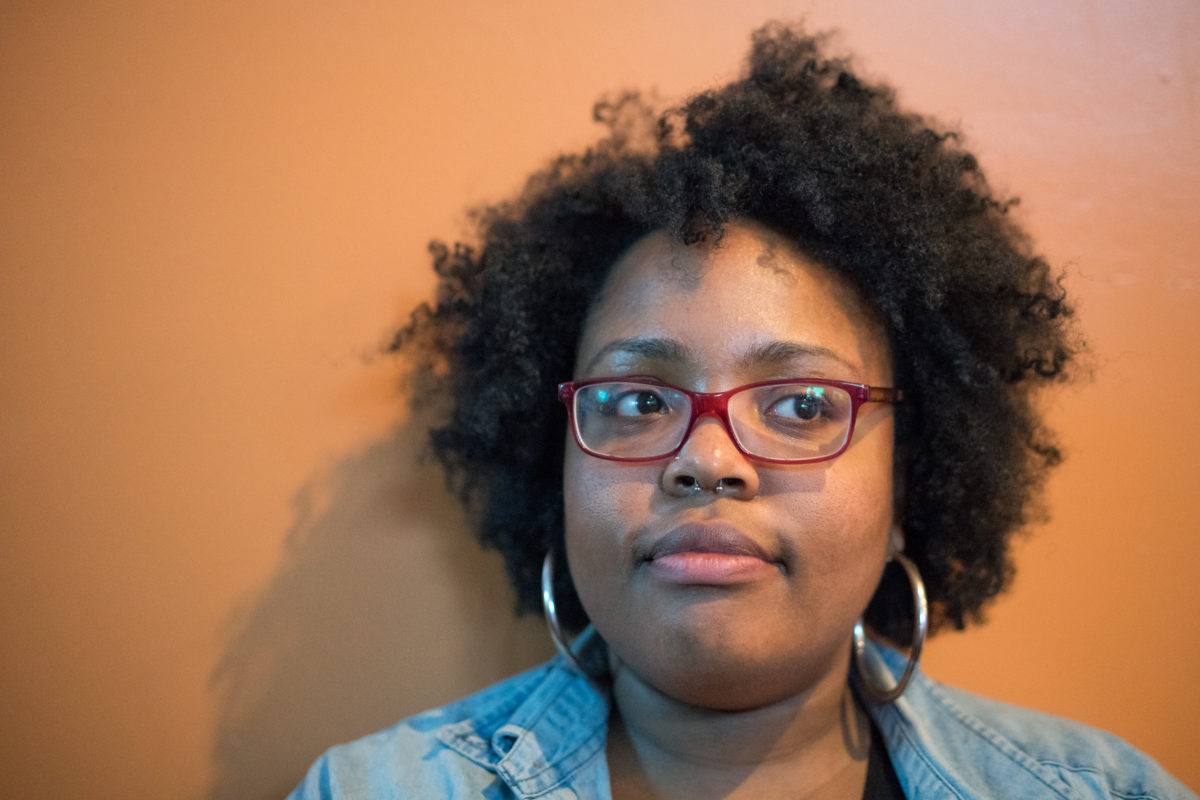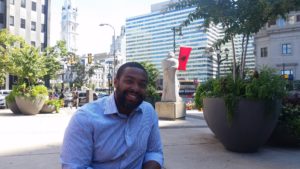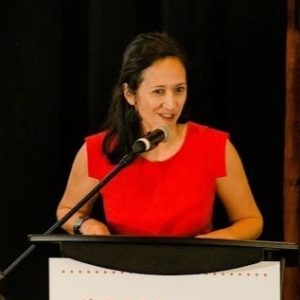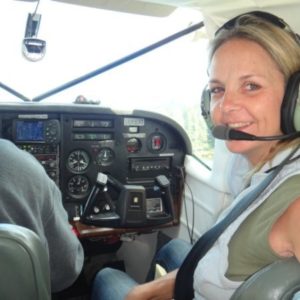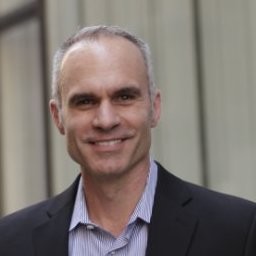How would a Poverty Tracker work in Philadelphia and what could it accomplish?
 February 16, 2021
Category: Featured, Long, Purpose
February 16, 2021
Category: Featured, Long, Purpose
In 1964, President Lyndon B. Johnson declared a “War on Poverty.” Its lasting legacy was rather a war waged against the impoverished.
The way poverty came to be codified under Johnson’s administration not only led to further the stigmatization and dehumanization of people living in poverty, but also created further barriers to solving their condition.
New studies of poverty are challenging the way it has been historically defined, tracked, and ultimately addressed.
The very measure by which poverty has been officially defined and understood is both insufficient and outdated. Adopted in the 1960s, the federal poverty measure was developed as an estimation of minimum food costs multiplied to represent the inclusion of other expenses. This formula was then applied to create income thresholds based on the number of children and adults in a household.
Save for adjustment for inflation, the federal measure of poverty has remained practically unchanged since its adoption. As such, it has failed to reflect and account for social and economic shifts over time, including the rising costs of healthcare and housing, the evolving nature of work, and varying cost of living geographically.
“We don’t measure poverty right. The federal poverty level doesn’t make much sense and hasn’t been updated in a long time. So I’m not entirely sure that even if given the way and how we structure data and how we define what’s poor, I’m not sure we’re solving for the right problems. And so that’s an underlying issue,” explained Omar Woodard, executive director for GreenLight Fund Philadelphia.
The U.S. Census Bureau started using a second measure, the supplemental poverty measure, in 2011. The supplemental poverty measure takes into consideration not only income, but also government assistance, noncash benefits, and taxes to recalibrate the original thresholds.
According to Maari Porter, deputy chief of staff for policy and strategic initiatives for Mayor Jim Kenney, analysts in the city’s Office of Community Empowerment and Opportunity (CEO) are using the most recent census SPM data to create a clearer understanding of the landscape of poverty in Philadelphia.
“I think a lot of jurisdictions have looked at that [SPM] as a much more rounded way of looking at poverty rather than just that single federal measure,” Porter said. “And so we have worked internally to see what we could do and the resources it would take.”
While the SPM is a more accurate measure, it still confines poverty to the narrow lens of what an individual or family earns or collects. This metric alone collected at a single moment in time cannot begin to illuminate the full picture of an issue so complex. Poverty is not a condition that emerges or exists in isolation. Rather, it is the compounding of multiple factors and forces that create the lived reality for too many Philadelphians.
“I think the complicating part is that you can’t just look at one group on paper and say, ‘Well, they’re living at income levels of x.’ But they don’t all have the same challenges,” said Heidi Grunwald, director of Temple University’s Institute for Survey Research. Grunwald has worked with the city’s Office of Community Empowerment and Opportunity on past studies.
Within the region, different organizations are taking up the research of poverty from varying aspects and intersecting angles. Among those, Pew and The Economy League are leading the way with recently released insights regarding the effects of small claims courts on economic stability and the purported declining rate of poverty for Black Philadelphians respectively.
So while there may be no shortage of available data or ongoing research on poverty in the greater Philadelphia area, those efforts have largely been decentralized. What would a more collaborative, comprehensive, and controlled approach towards the research of poverty entail?
Looking at the Poverty Tracker in New York and San Francisco
In 2012, Robin Hood, a New York City based foundation, in partnership with Columbia University launched the Poverty Tracker. The Poverty Tracker is a unique study of poverty because it is a longitudinal study tracking a sample of 4,000 New Yorkers quarterly over multiple years and it more broadly defines disadvantage and hardship beyond income poverty.
Chloe Sarnoff, public policy analyst for Robin Hood, further explains: “So the poverty tracker relies on four measures of poverty, which is different than looking at just the poverty rate. We look at income poverty, like all poverty statistics and measures do. We also look at material hardship. Material hardship could mean the ability to afford housing, food, or medical bills. And then we look at health problems because health is a really important determinant of economic security and mobility. And then finally, we look at the combination of those three measures in what we call disadvantage overall.”
Robin Hood’s 2020 report, The State of Poverty and Disadvantage in New York City, includes data from 2012 to 2018 on the core measures. This allows them to not only track the circumstances of individuals over time, but also notice trends in how the measures interact.
In addition to tracking the four core measures, each round of quarterly surveying includes special topic-related modules. Past rounds have asked about evictions, food pantry utilization, and COVID-19.
As a foundation, Robin Hood is not beholden to the same bureaucracy or political agenda that can often delay government processes. Thus, it can more immediately use the findings of its research to directly impact decision-making around direct service grantmaking, policy advocacy, and community partnerships.
For example, a special module on housing during one of the Poverty Tracker survey cycles illuminated that an alarming number of New Yorkers were being evicted or forced to move each year and a leading cause of that was the lack of representation and participation in the housing court process. That finding led Robin Hood to increase its financial support and policy and advocacy work in this area.
“And so we knew this was an issue, 100,000 New Yorkers being forced to move each year. We knew it was something that we really had to double down and invest on. And so in addition to supporting the Right to Counsel Coalition’s work as a funder, we worked alongside the coalition to try and advance additional legislation that would expand access to the right to counsel program in New York,” Sarnoff explained.
Robin Hood maintains an information-sharing relationship with the City of New York and is working with its Columbia University partners to make its data and findings more openly accessible and available.
One of the other ways that Robin Hood has increased accessibility is by helping organizations in other cities adapt their own versions of Poverty Tracker-esque studies.
Bay Area-based foundation Tipping Point used guidance from Robin Hood to develop its Taking Count study. In partnership with U.C. Berkeley, Tipping Point surveyed between 2,000 and 3,100 residents over three waves in 2018 and 2019. The findings were released in a report in July 2020 and served to create a portrait of the landscape of poverty in the Bay Area pre-COVID.
Tipping Point, like Robin Hood, is also working to make their process and data more open to others and is more than willing to pay it forward by offering support, advice, and learnings to cities or organizations looking to launch a similar initiative.
“It really came from this desire to better understand poverty deprivation hardship in the San Francisco Bay Area, and we really didn’t feel like there was very good information,” said Jamie Austin, senior director of impact for Tipping Point. “Certainly, we have things like the census, but that really didn’t provide a rich, portrait narrative of what people are going through. So [Taking Count] was a new adventure for us and doing this kind of survey was an exciting step.”
Could Philly be next?
How would a Poverty Tracker work in Philadelphia?
While no official announcements regarding plans to conduct a longitudinal study of poverty in Philadelphia have been made yet, beginning to hypothesize or imagine how such a study would work in the city may be a worthwhile exercise. Compiled here are the basic components of a study as well as some helpful tips, advice, and information regarding each component from the experts interviewed.
- The Team
The Poverty Action Fund has established as one of its priorities the creation of a Knowledge Nerve Center that can support data collection, analysis, sharing, and reporting. As such, The Poverty Action Fund, and more specifically the United Way of Greater Philadelphia and Southern New Jersey as the administrator of the fund, would be in a position to act as a facilitator and anchor entity for a longitudinal study of poverty. A call for collaborators for the Poverty Action Fund was completed in December, and no announcements regarding accepted organizations have been made yet. Including the voices of people experiencing poverty as part of this coalition can ensure a more equitable and empowered perspective. Tipping Point’s Austin recommends considering the inclusion of an advisory or community council.
- Budget and Funding
According to Chris Wimer, codirector of Columbia’s Center on Poverty and Social Policy and Poverty Tracker collaborator, the annual budget for the Poverty Tracker is upwards of $1M. The biggest line items include the sampling set, survey administration, and cash incentives for survey participants.
While a similar effort in Philadelphia would be less due to smaller proportions to scale, the expectation to spend several hundred thousand dollars a year is still feasible. Thus, a committed and coordinated investment over time from any combination of public, private, and philanthropic interests would be required.
- The Objective
“What do we want to know? Depending on how a survey is written and administered, it’s the difference between ‘Is the city moving these markers versus are these people over time doing better?’” said Grunwald
Determining clear objectives creates a focused path for the critical next steps, the design and implementation of the study. The objectives can influence everything from establishing core measures, survey administration, and how and with whom data is collected and shared.
- Instrument and Implementation
Following the precedent of Robin Hood and Tipping Point, securing a strong university partner is an imperative part of successful survey design and implementation. With so many esteemed research and higher learning institutions in the area, the opportunity for collaboration across schools and disciplines in Philly is uniquely present.
Each university has professors, programs, and/or centers that could contribute differently towards a collective effort. For example, while Penn houses ImpactEd, a shop dedicated to study design and evaluation, Temple boasts both the Institute of Survey Research that can tackle the survey administration piece and a public policy lab led by Dr. Judith Levine, a leading poverty researcher.
- Analysis and Informing
Raw data and numbers alone do little to humanize those affected by poverty or provide the catalyst for lasting change. Being able to share findings via compelling reports, data visualizations, and through qualitative accounts are what truly connect and mobilize support.
“To elevate the findings to a more general audience who could then potentially become more engaged whether that’s voting at the ballot box or with their dollars, sometimes you need those kinds of stories around the data,” according to Marisa Giller, communications director for Tipping Point
- Advocacy and Action
“Who does it, who is going to do it, and to what end?Is it to solve a problem? If it is, then part of solving that problem is using that data to influence decision-makers towards resource allocation. And that has to be one of the key levers of whatever is developed or created, it has to be around shifting dollars to things that are much more priority rather than funding the same things that we’ve been funding,” said Woodard.
Collecting and understanding the data is not enough. Knowledge must then be aligned with plans for action, advocacy, and accountability.
The late Maya Angelou has a famous quote, “ Do the best you can until you know better. Then when you know better, do better.”
It’s time to know and do better by Philadelphians experiencing poverty.
Project
Poverty Action seriesTrending News







